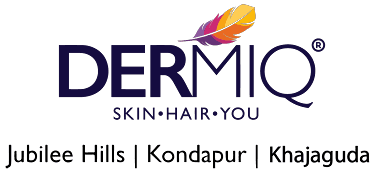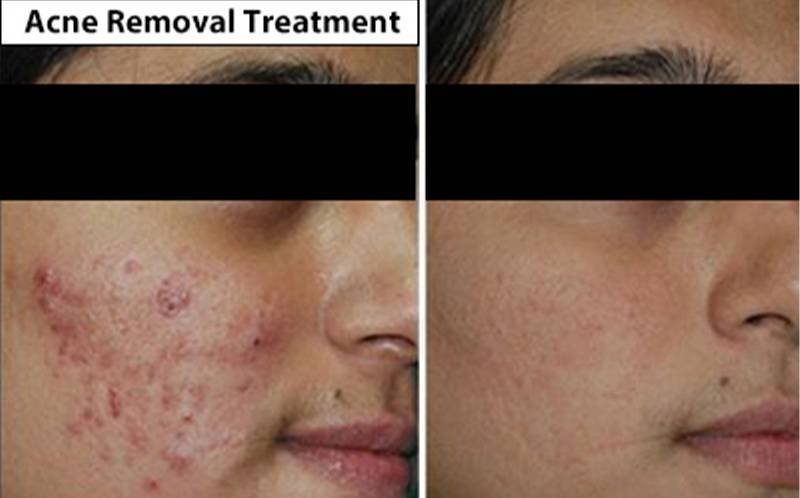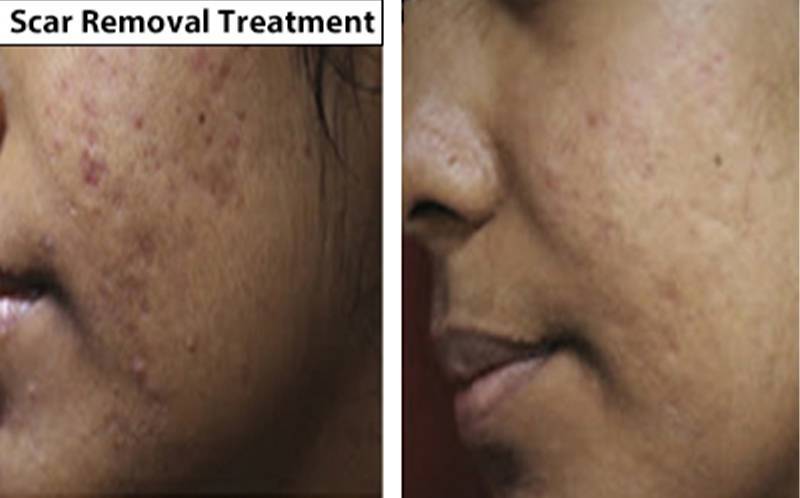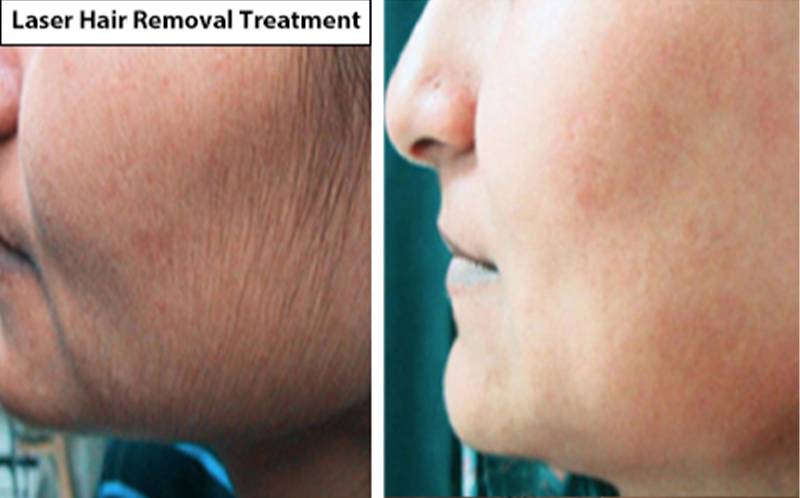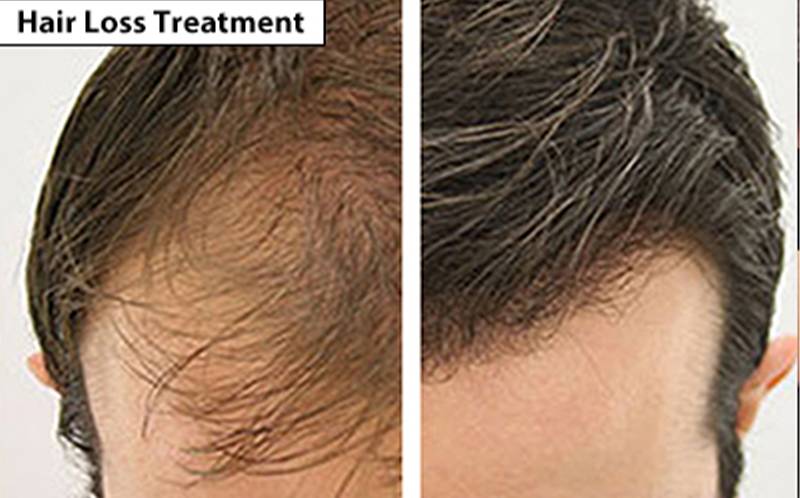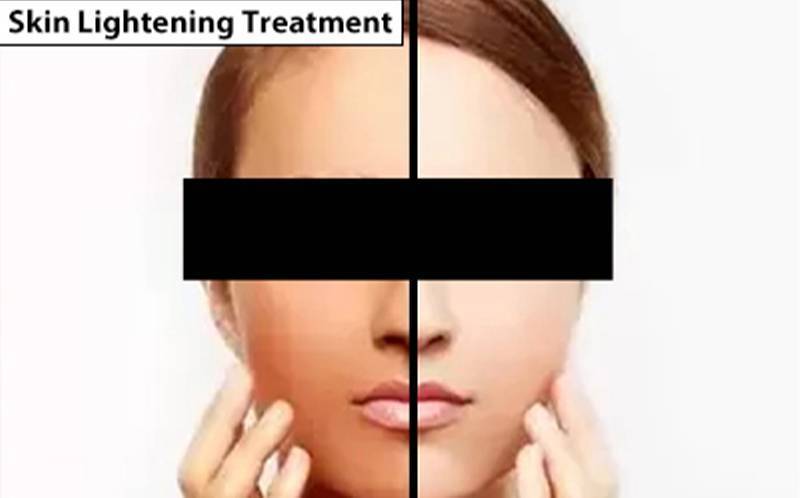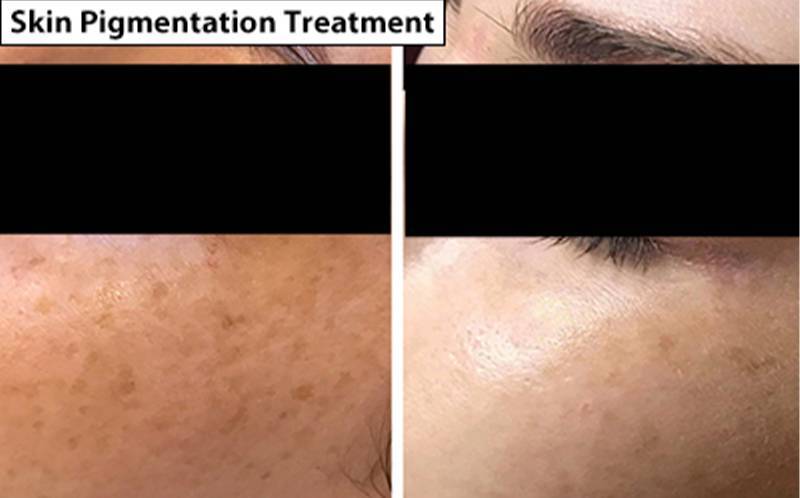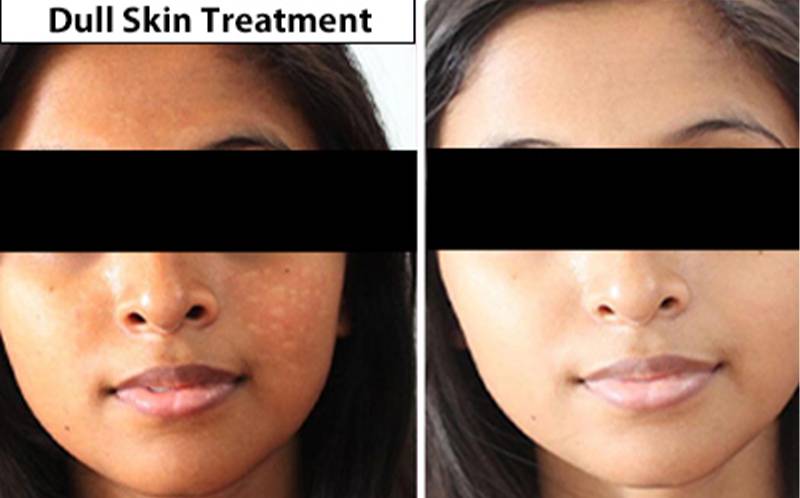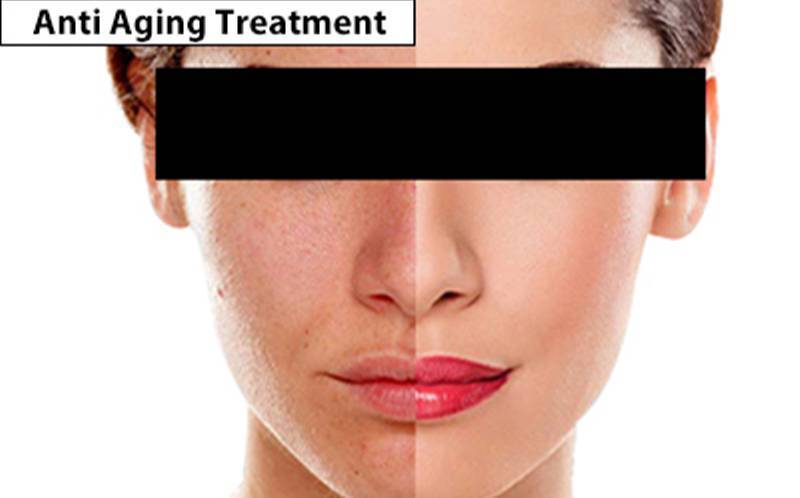After the skin has been injured a scar is formed. The body produces excess collagen and connective tissues that extend beyond the original damaged area. They can grow to unsightly proportions.
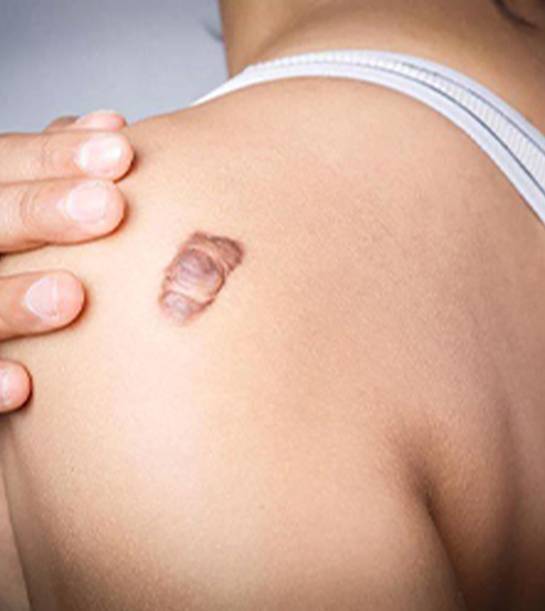
Keloid and Hypertrophic scar treatment
There has been a long-standing need for guidelines on the diagnosis and treatment of keloids and hypertrophic scars that are based on an understanding of the underlying disease mechanisms. The development of such guidelines has been greatly hampered by our poor understanding of the general pathomechanisms that drive these fibrotic scars and the molecular biological differences between keloids and hypertrophic scars.
What happens during Keloid and Hypertrophic scar treatment ?
No single therapeutic modality is best for all keloids. The location, size, and depth of the lesion; the age of the patient; and the past response to treatment determine the type of therapy used.
Prevention is key, but the therapeutic treatment of an existing hypertrophic scar or keloid includes occlusive dressings, compression therapy, intralesional corticosteroid injections, cryosurgery, excision, radiation therapy, laser therapy, interferon (IFN) therapy, 5-fluorouracil (5-FU), doxorubicin, bleomycin, verapamil, retinoic acid, imiquimod 5% cream, tamoxifen, tacrolimus, botulinum toxin, hydrogel scaffold, and over-the-counter treatments (eg, onion extract; the combination of hydrocortisone, silicon, and vitamin E). These therapies have been used to reduce the rate of keloid recurrence after surgical excision, with superficial radiation therapy being the most effective
Frequent Asked Questions
No. They are benign, and not contagious.
Before & After
Our clients Success Stories
Testimonials
Here is what our Happy Patients have to say..
